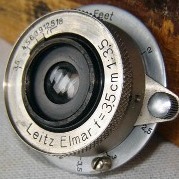Raw conversion parameter for Leica Q
-
Recently Browsing 0 members
- No registered users viewing this page.
-
Similar Content
-
- 20 replies
- 1,338 views
-
- 68 replies
- 4,996 views
-
- 2 replies
- 146 views
-
- 159 replies
- 51,022 views
-
- 24 replies
- 1,344 views
-




Recommended Posts
Join the conversation
You can post now and register later. If you have an account, sign in now to post with your account.
Note: Your post will require moderator approval before it will be visible.